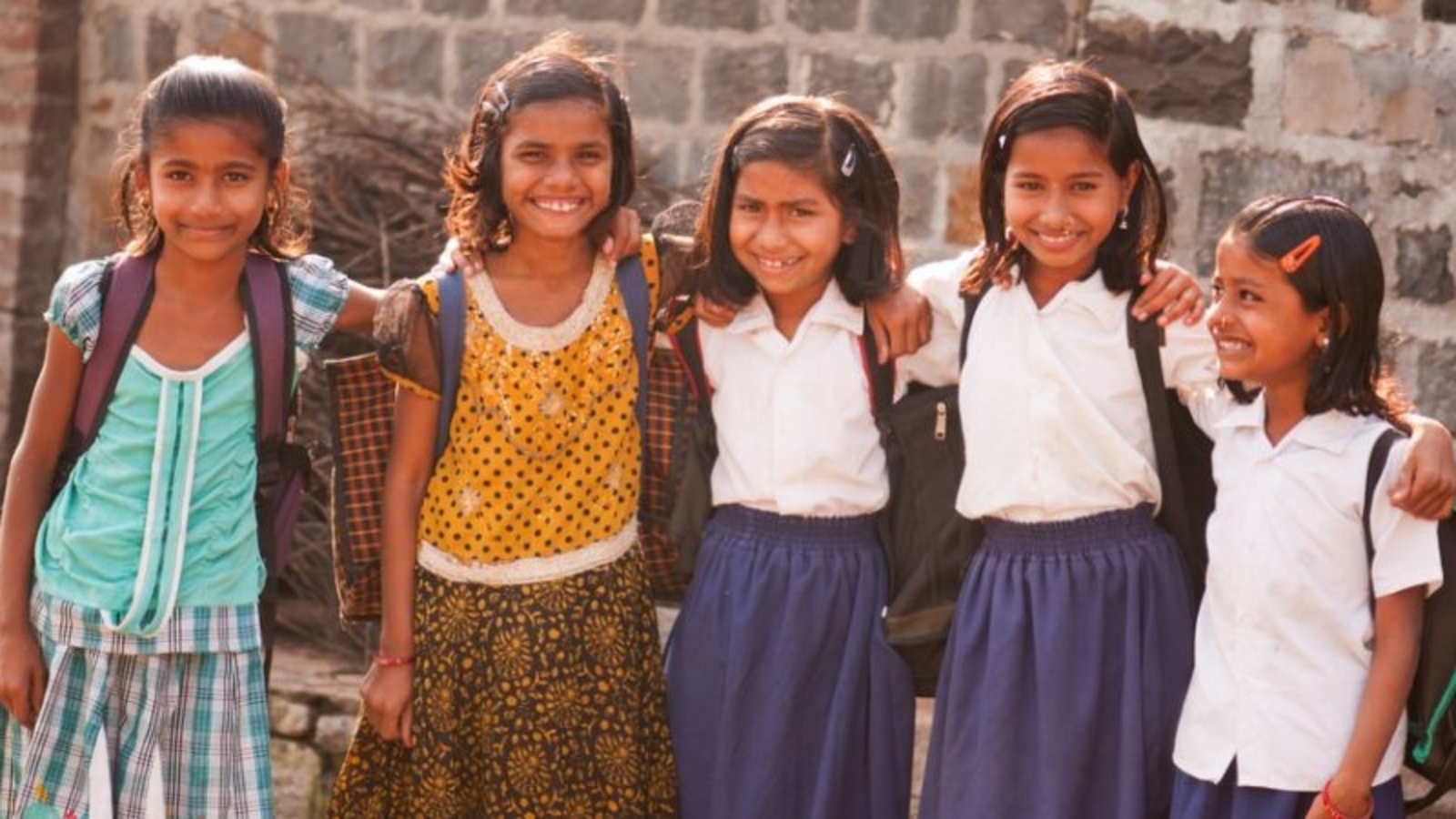This article was orignally posted on Fair Observer.
By M. Krishnamurthi
March 31 marked the fifth anniversary of the Right to Education Act (RTE Act) in India. This legislation was passed to implement section 21A of the Indian Constitution, which promises free and compulsory education to all children between the ages of 6 to 14.
The anniversary of RTE Act was an occasion for a copious amount of commentary. Nearly all of it was filled with quantitative details such as the total amount of children out of school, the number of dropouts and the paucity of teachers, lack of buildings, toilets, and drinking water. But few paid attention to qualitative aspects of the RTE Act.
India’s population is of continental dimensions. Its 1.25 billion people exceed the total population of Europe and North America. The divergences, differences and disparities among Indians are too well-known to bear repetition. In this complex population, the RTE Act pertains to the education of approximately 250 million children. This is a stupendous task that requires considerable expenditure. But the RTE Act is rather vague on where the money will come from.
Furthermore, the objectives of the RTE Act are unclear and often unspecified. India is a young nation and a key objective of education should be the inculcation of a national identity. Making children feel they are Indian instead of members of a caste, tribe or religion would be a worthy goal
The RTE Act must also aim to increase a child’s confidence in their own culture. During British rule, the education system inculcated a sense of inferiority in Indians. This persists today. Indians crave the recognition and approbation of the white man. Very few know their own history and many are ashamed to speak their own language.
India has a rich history and culture that goes back many millennia. It has much to be proud of and even more to pass on to future generations. India is a plural nation that is home to all of the major world religions. The virtues of tolerance that have been a hallmark of Indian civilization should be part of the country’s education.

Indian women still do not have equality. Selective abortion, discrimination and rape are dark spots on society. Therefore, it is imperative that India’s education system pushes for equality between men and women.
There are two other goals the RTE Act should set for the nation. First, education must be compulsory till the age of 18. In today’s world, education cannot stop at the age of 14. Second, literacy in India must be of the standard defined by the United Nations, which sees literacy as “the ability to identify, understand, interpret, create, communicate, compute, and use printed and written materials associated with varying contexts. Literacy involves a continuum of learning in enabling individuals to achieve their goals, to develop their knowledge and potential and to participate fully in their community and wider society.”
Wait Before Beginning Vocational Training
Many Indians want to introduce vocational training as part of compulsory education till the age of 14. This has two problems. First, children under the age of 14 are too young to be trained as carpenters, plumbers or electricians. Second, this is no time to curb their ambitions and aspirations. These days, we do not expect children to start working at 14 years old. This is a time when they need to learn and explore. Assigning them professions too early would limit their exposure and potential.
It goes without saying that education should not be mere book learning. Extra-curricular activities such as learning music, painting, and sport are highly important for developing the body and the mind. Furthermore, these might lead to children discovering their aptitude and pursuing relevant vocations or professions in the future.
If India adopts the above objectives and implements the RTE Act vigorously and sincerely, then in about 20 years, the country will have a much better educated population below the age of 35. It will be capable of thinking and acting constructively, making governance easier. In addition, people will depend less on the government because they will have better skills and abilities.
*****
*****
M. Krishnamurthi is a founding trustee of the M. Venkatarangiaya Foundation, of which he is presently the chairman. He has also been a lecturer and reader of physics at Osmania University and an assistant professor at the Indian Institute of Science in Bangalore.
[Photos courtesy of Shuttershock.com]